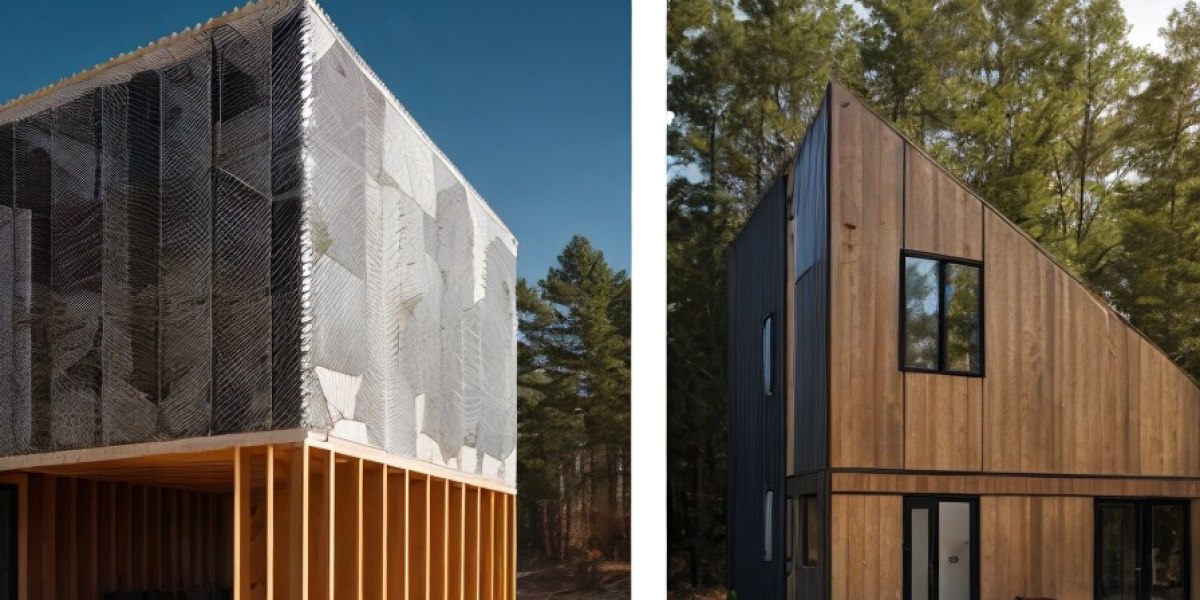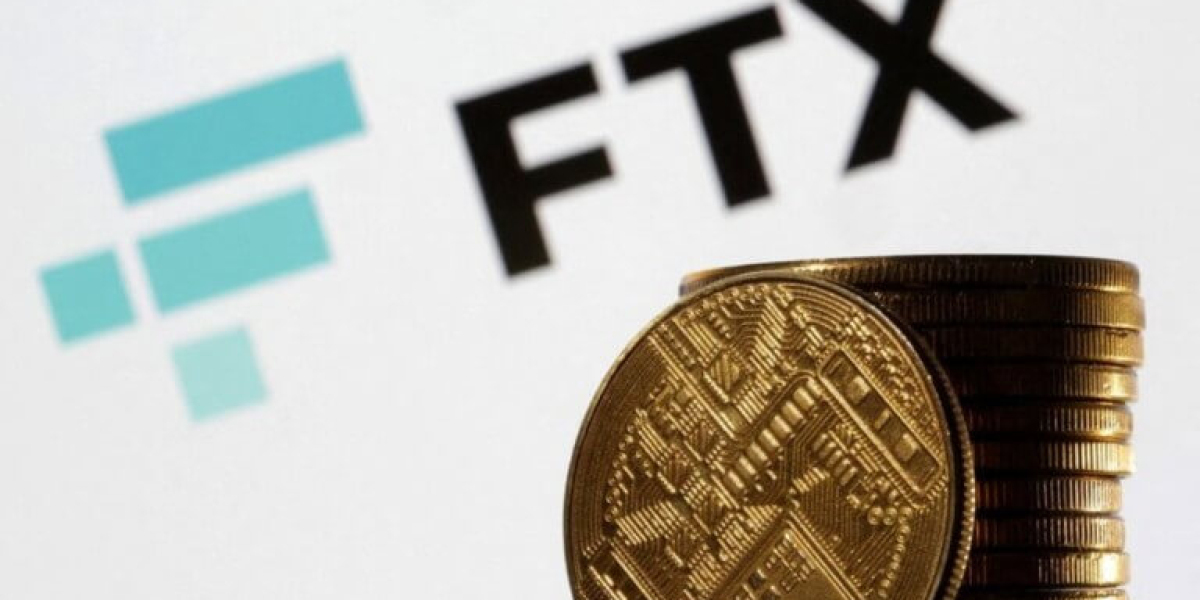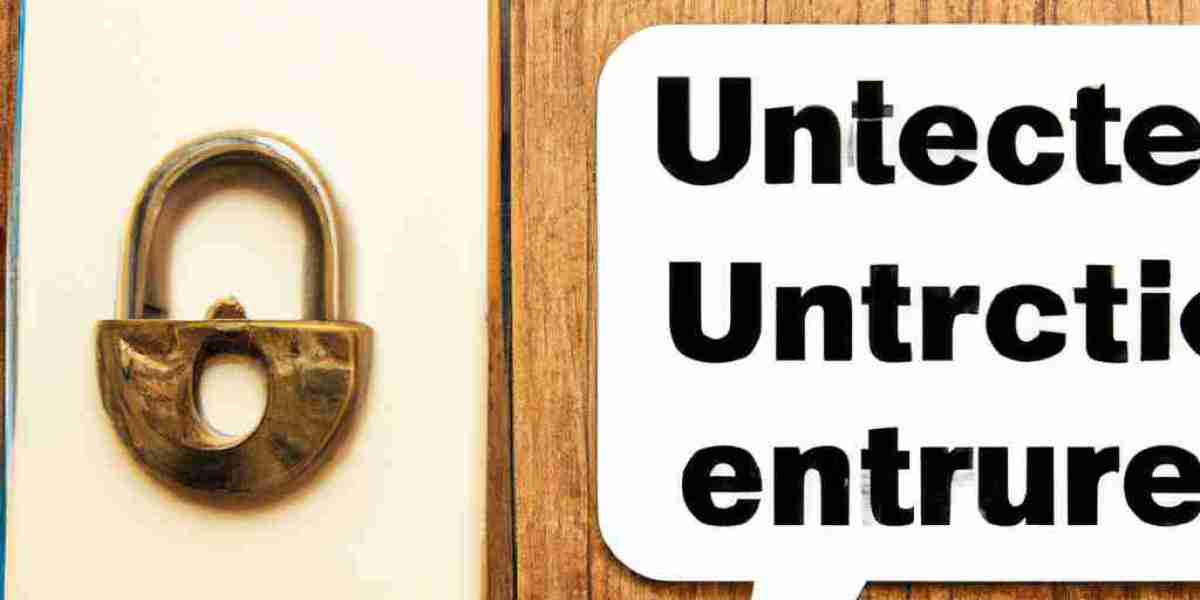Green concrete, also known as sustainable concrete, can vary in cost compared to traditional concrete depending on the specific materials and production methods used. In general, green concrete can be more expensive than traditional concrete due to the cost of the sustainable materials and the specialized production processes required to create it.
Some of the factors that can affect the cost of green concrete include:
1. Type of cement replacement material: The cost of the cement replacement material, such as fly ash, silica fume, or slag, can vary depending on the source and availability. These materials can be more expensive than traditional cement.
2. Use of recycled materials: The cost of recycled materials, such as recycled concrete aggregate, can be higher than the cost of virgin materials.
3. Production process: Green concrete production processes, such as using a high-pressure grouting machine, can be more expensive than traditional concrete production processes.
4. Location and availability of materials: The cost of green concrete can vary depending on the location and availability of sustainable materials.
However, it's important to note that while green concrete may be more expensive upfront, it can offer long-term cost savings and environmental benefits. For example, green concrete can have improved durability and resistance to weathering, which can reduce maintenance and repair costs over time. Additionally, the use of sustainable materials and reduced carbon footprint of green concrete can contribute to a building's LEED certification and other green building incentives, which can provide financial benefits.
Overall, while green concrete may be more expensive than traditional concrete in some cases, the long-term benefits and environmental advantages can make it a cost-effective choice for many construction projects.
Yes, here are some examples of sustainable materials that can be used in green concrete production:
1. Recycled concrete aggregate (RCA): RCA is made from recycled concrete, which is crushed and screened to produce a high-quality aggregate that can be used in place of natural aggregate in concrete production. Using RCA reduces the need for virgin aggregate, which can help to conserve natural resources and reduce the carbon footprint of concrete production.
2. Fly ash: Fly ash is a by-product of coal combustion that can be used as a partial replacement for cement in concrete production. It is a fine, powdery material that is rich in silica and alumina, which are the primary components of cement. Using fly ash in concrete production can reduce the amount of cement required, which can help to lower the carbon footprint of the concrete.
3. Silica fume: Silica fume is a by-product of silicon metal production that can be used as a partial replacement for cement in concrete production. It is a fine, powdery material that is rich in silica and has a high reactivity, which makes it an effective pozzolanic material. Using silica fume in concrete production can improve the strength and durability of the concrete, while also reducing the amount of cement required.
4. Slag: Slag is a by-product of iron and steel production that can be used as an aggregate in concrete production. It is a hard, dense material that is rich in silica and can be crushed and screened to produce a high-quality aggregate. Using slag in concrete production can reduce the need for virgin aggregate, which can help to conserve natural resources and lower the carbon footprint of the concrete.
5. Natural pozzolans: Natural pozzolans are materials that are rich in silica and alumina, and can be used as a partial replacement for cement in concrete production. Examples of natural pozzolans include volcanic ash, pumice, and diatomaceous earth. These materials can be used to improve the strength and durability of the concrete, while also reducing the amount of cement required.
6. Recycled glass: Recycled glass can be used as an aggregate in concrete production. It is a sustainable alternative to virgin aggregate, and can be used to produce a high-quality, durable concrete. Recycled glass can be crushed and screened to produce a range of different sizes and colors, which can be used to create decorative concrete finishes.
7. Bamboo: Bamboo is a sustainable, renewable resource that can be used as a reinforcing material in concrete production. Bamboo fibers can be used to replace a portion of the cement in the concrete, which can help to reduce the carbon footprint of the concrete and improve its durability.
8. Hemp: Hemp is a sustainable, renewable resource that can be used as a reinforcing material in concrete production. Hemp fibers can be used to replace a portion of the cement in the concrete, which can help to reduce the carbon footprint of the concrete and improve its durability.
9. Recycled plastic: Recycled plastic can be used as an aggregate in concrete production. It is a sustainable alternative to virgin aggregate, and can be used to produce a high-quality, durable concrete. Recycled plastic can be crushed and screened to produce a range of different sizes and colors, which can be used to create decorative concrete finishes.
These are just a few examples of the many sustainable materials that can be used in green concrete production. By incorporating these materials into the concrete mix, it is possible to reduce the carbon footprint of the concrete and create a more sustainable, environmentally friendly building material.
Green concrete is a type of concrete that is made with environmentally friendly materials and is designed to have a lower carbon footprint than traditional concrete. It is said to have the potential to change the construction industry in several ways, including:
1. Reduced carbon emissions: Traditional concrete is a significant contributor to greenhouse gas emissions, as it requires large amounts of energy to produce and transport. Green concrete, on the other hand, is made with materials that have a lower carbon footprint, such as recycled aggregate and cement alternatives. This can help to reduce the environmental impact of construction projects.
2. Improved durability: Green concrete is designed to be more durable than traditional concrete, with a longer lifespan and improved resistance to weathering and wear and tear. This can help to reduce the need for costly repairs and replacements, and can extend the life of buildings and infrastructure.
3. Increased sustainability: Green concrete is made with materials that are sustainable and renewable, such as recycled materials and natural fibers. This can help to reduce the environmental impact of construction projects and promote sustainability.
4. Improved thermal performance: Green concrete can have improved thermal performance compared to traditional concrete, which can help to reduce the energy consumption of buildings and improve their energy efficiency.
5. Reduced waste: Green concrete can be made with materials that would otherwise be waste, such as recycled concrete aggregate and industrial by-products. This can help to reduce waste and promote sustainability.
6. Improved air quality: Green concrete can have improved air quality compared to traditional concrete, as it can be made with materials that are less harmful to indoor air quality.
Here are some hashtags related to Green Concrete:
#ConcreteConservation - Discussing techniques to reduce cement usage and waste in our infrastructure
#EarthFriendlyEngineering - Highlighting innovators developing more sustainable building materials
#CarbonNeutralConcrete - Case studies showing how concrete mixes can offset their carbon footprint
#ConcreteRevolution - Tracking startups transforming the industry with eco-friendly product solutions
#GreenBuildingBlocks - Sharing aesthetic and performance benefits of mixes incorporating byproducts
#ConcreteJungles - Reforestation projects cultivating biodiversity among our urban landscapes
#ConcreteAnswers - Promoting research advancing concrete as a viable carbon sink over its lifespan
#ConcreteCanopy - City planners maximizing rooftop greenery installed on structures below
#GrCConferences - Attendees learn latest methods to reduce concrete's environmental impact
#GrCInfluencers - Interviews with thought leaders propelling the green movement within construction
Spreading these hashtags could raise important awareness around sustainable building practices!
7. Aesthetic appeal: Green concrete can have a unique aesthetic appeal, with a natural, earthy look that can add visual interest to buildings and infrastructure.
Overall, green concrete is said to have the potential to change the construction industry by providing a more sustainable, durable, and environmentally friendly alternative to traditional concrete.







